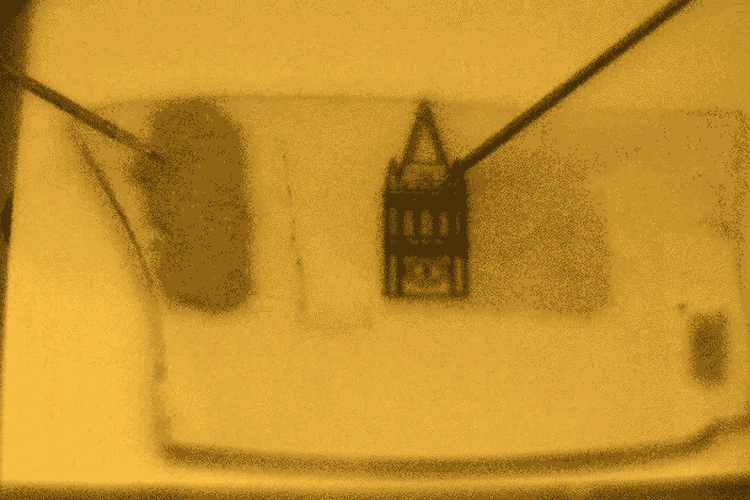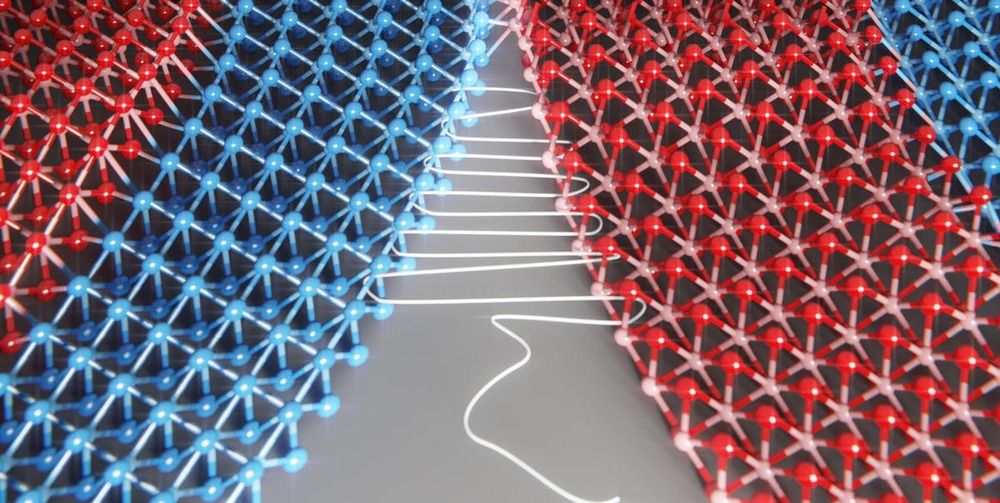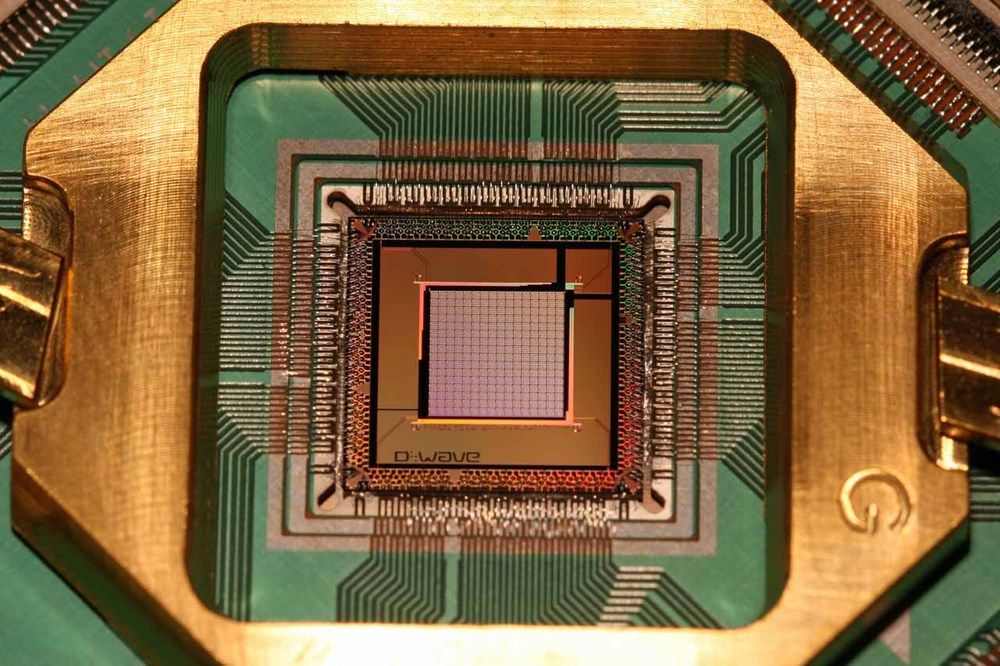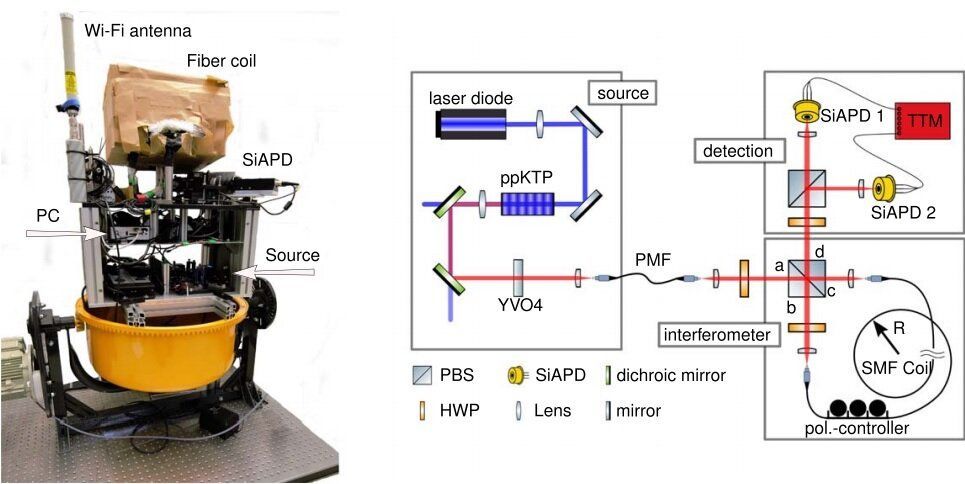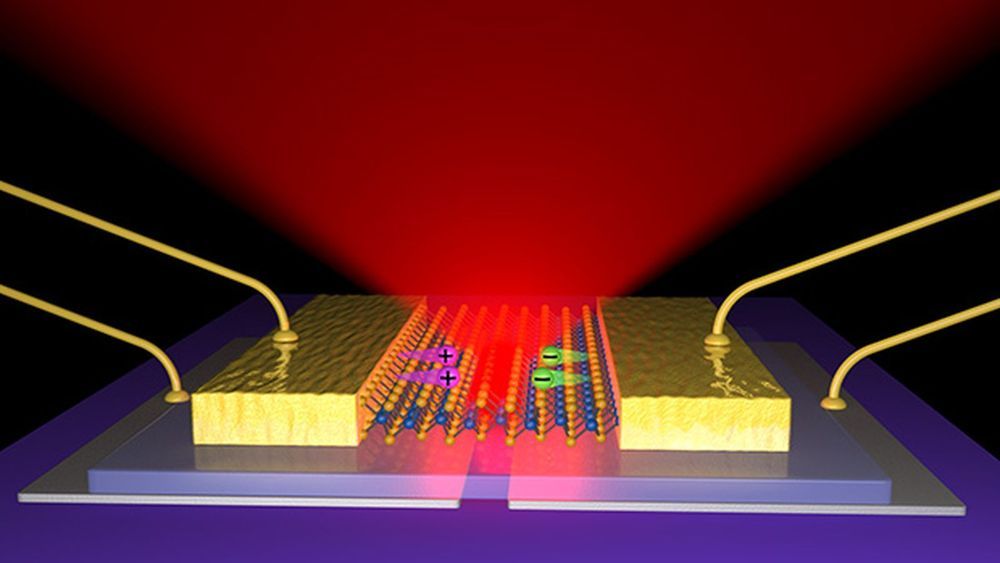Page 8800
What happens when a man is merged with a computer or a robot? This is the question that Professor Kevin Warwick and his team at the department of Cybernetics, University of Reading in the UK have been trying to answer for a number of years.
There are many ways to look at this problem. There is the longer term prospect of freeing the mind from the limitations of the brain by uploading it in digital form, potentially onto a computer and/or robotic substrate (see the h+ interview with Dr. Bruce Katz, Will We Eventually Upload Our Minds?). There is also a shorter term prospect at a much more limited scale — a robot controlled by human brain cells could soon be wandering around Professor Warwick’s UK labs.
May 16, 2019
Atomically thin quantum light-emitting diodes
Posted by Quinn Sena in categories: computing, quantum physics
Atomically thin transition metal dichalcogenides hold promise as scalable single-photon sources. Here, the authors demonstrate all-electrical, single-photon generation in tungsten disulphide and diselenide, achieving charge injection into the layers, containing quantum emitters.
May 16, 2019
Atomically thin light emitting device opens the possibility for ‘invisible’ displays
Posted by Quinn Sena in categories: futurism, materials
The device opens the door to invisible displays on walls and windows – displays that would be bright when turned on but see-through when turned off — or in futuristic applications such as light-emitting tattoos, according to the researchers.
“The materials are so thin and flexible that the device can be made transparent and can conform to curved surfaces,” said Der-Hsien Lien, a postdoctoral fellow at UC Berkeley and a co-first author along with Matin Amani and Sujay Desai, both doctoral students in the Department of Electrical Engineering and Computer Sciences at Berkeley.
Their study was published March 26 in the journal Nature Communications. The work was funded by the National Science Foundation and the Department of Energy.
May 16, 2019
“Atom-Thick” Fibers Will Lead To Amazingly Light Phones, Says Researcher
Posted by Quinn Sena in categories: mobile phones, particle physics
May 16, 2019
D-Wave Unveils Higher-Performance 2000Q Quantum Processor
Posted by Quinn Sena in category: quantum physics
May 16, 2019
Entangled-photon gyroscope overcomes classical limit
Posted by Quinn Sena in categories: quantum physics, transportation
Fiber optic gyroscopes, which measure the rotation and orientation of airplanes and other moving objects, are inherently limited in their precision when using ordinary classical light. In a new study, physicists have experimentally demonstrated for the first time that using entangled photons overcomes this classical limit, called the shot-noise limit, and achieves a level of precision that would not be possible with classical light.
The physicists, led by Matthias Fink and Rupert Ursin at the Austrian Academy of Sciences and the Vienna Center for Quantum Science and Technology, have published a paper on the entanglement-enhanced fiber-optic gyroscope in a recent issue of the New Journal of Physics.
“We have demonstrated that the generation of entangled photons has reached a level of technical maturity that enables us to perform measurements with sub-shot noise accuracy in harsh environments,” Fink told Phys.org.
Continue reading “Entangled-photon gyroscope overcomes classical limit” »
May 16, 2019
Holographic imaging of electromagnetic fields using electron-light quantum interference
Posted by Quinn Sena in categories: encryption, energy, holograms, quantum physics
In conventional holography a photographic film can record the interference pattern of monochromatic light scattered from the object to be imaged with a reference beam of un-scattered light. Scientists can then illuminate the developed image with a replica of the reference beam to create a virtual image of the original object. Holography was originally proposed by the physicist Dennis Gabor in 1948 to improve the resolution of an electron microscope, demonstrated using light optics. A hologram can be formed by capturing the phase and amplitude distribution of a signal by superimposing it with a known reference. The original concept was followed by holography with electrons, and after the invention of lasers optical holography became a popular technique for 3D imaging macroscopic objects, information encryption and microscopy imaging.
However, extending holograms to the ultrafast domain currently remains a challenge with electrons, although developing the technique would allow the highest possible combined spatiotemporal resolution for advanced imaging applications in condensed matter physics. In a recent study now published in Science Advances, Ivan Madan and an interdisciplinary research team in the departments of Ultrafast Microscopy and Electron Scattering, Physics, Science and Technology in Switzerland, the U.K. and Spain, detailed the development of a hologram using local electromagnetic fields. The scientists obtained the electromagnetic holograms with combined attosecond/nanometer resolution in an ultrafast transmission electron microscope (UEM).
In the new method, the scientists relied on electromagnetic fields to split an electron wave function in a quantum coherent superposition of different energy states. The technique deviated from the conventional method, where the signal of interest and reference spatially separated and recombined to reconstruct the amplitude and phase of a signal of interest to subsequently form a hologram. The principle can be extended to any kind of detection configuration involving a periodic signal capable of undergoing interference, including sound waves, X-rays or femtosecond pulse waveforms.
May 16, 2019
Skintight space suits are the order of the day for astronauts who hope to survive life on Mars
Posted by Quinn Sena in categories: 3D printing, alien life
Modular, 3D printed or skintight, the new space suits for life on Mars need to be comfortable and fiercely protective of the human inside.
May 16, 2019
Researchers create ‘thinnest possible’ LEDs at only three atoms thick
Posted by Quinn Sena in categories: futurism, particle physics
LEDs are already pretty tiny, but they just got a whole lot smaller. Researchers at the University of Washington have built what they say are the “thinnest-possible LEDs” — tiny lights that measure just three atoms thick. “Such thin and foldable LEDs are critical for future portable and integrated electronic devices,” Xiaodong Xu, co-author of a paper on the research that was published over the weekend in Nature Nanotechnology, says in a statement. At three atoms thick, the researchers’ LEDs are said to be 10 to 20 times thinner than conventional LEDs, opening up a number of potential new uses for them.



